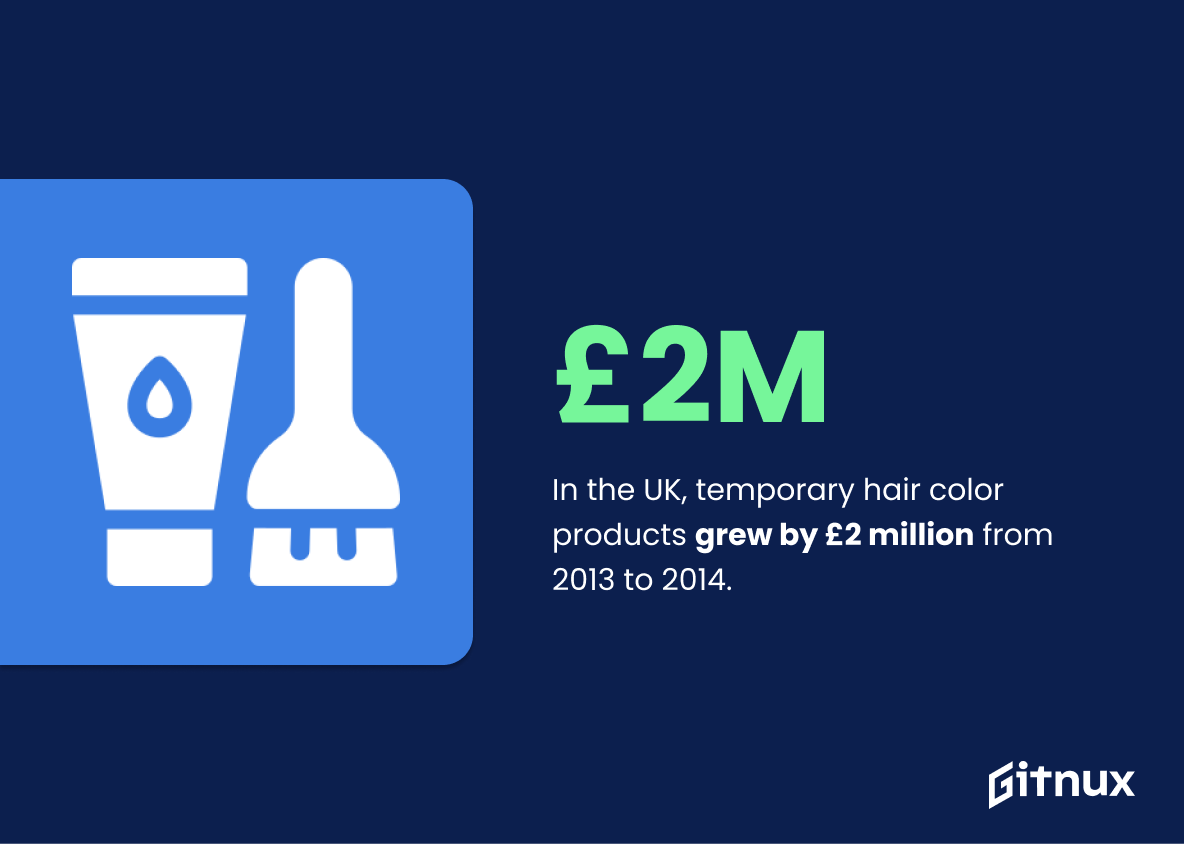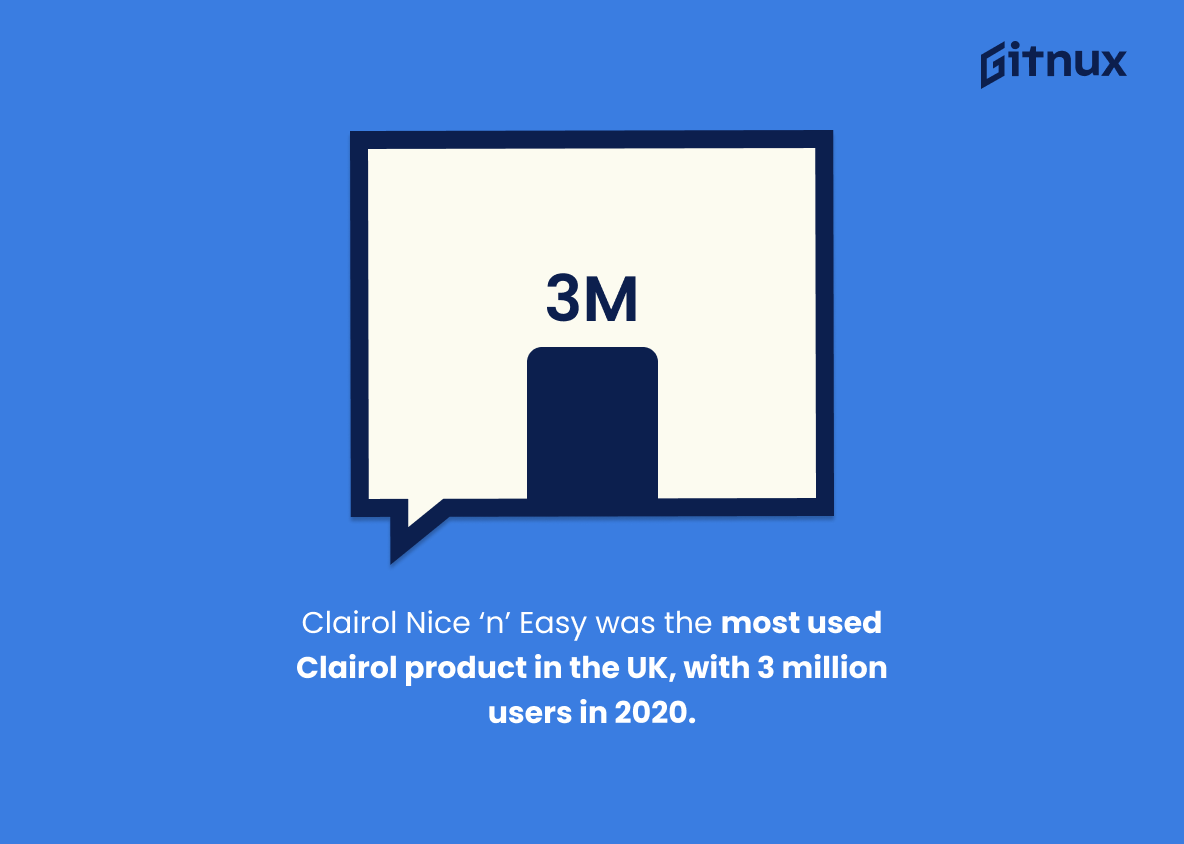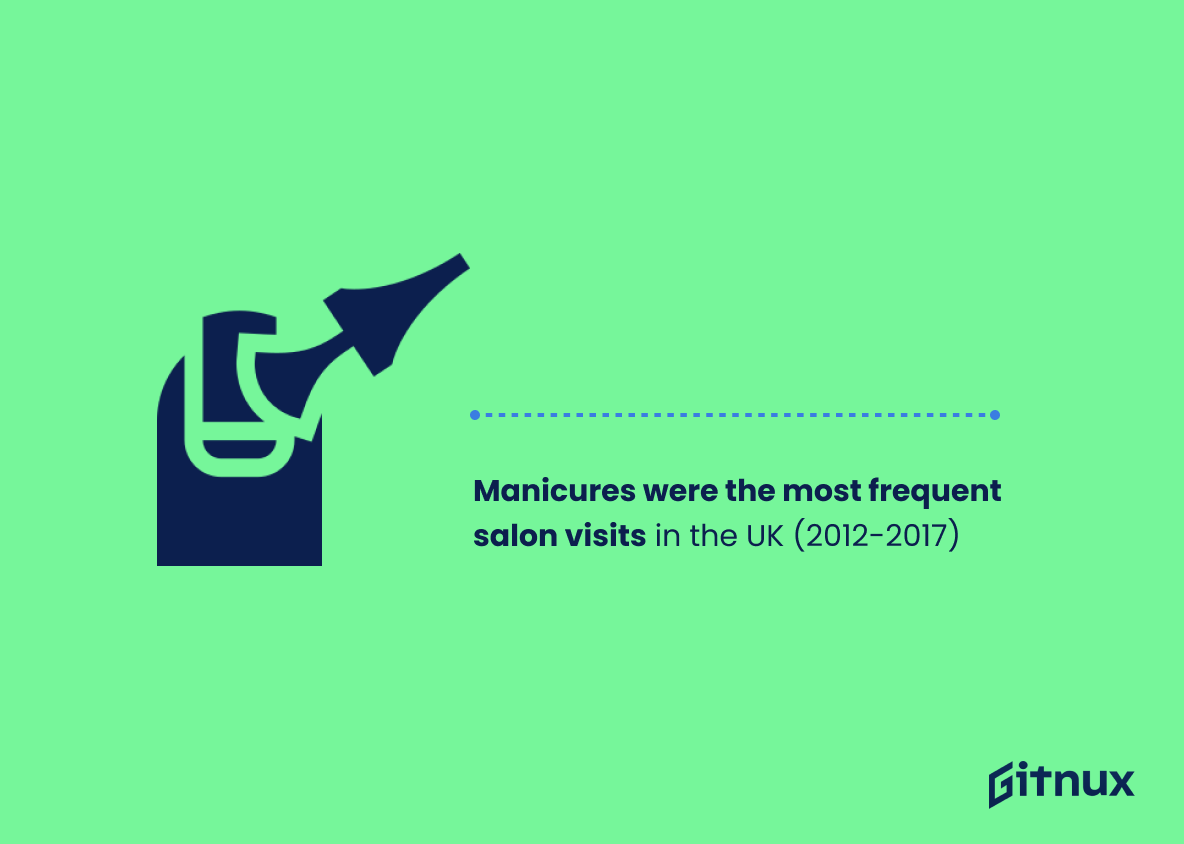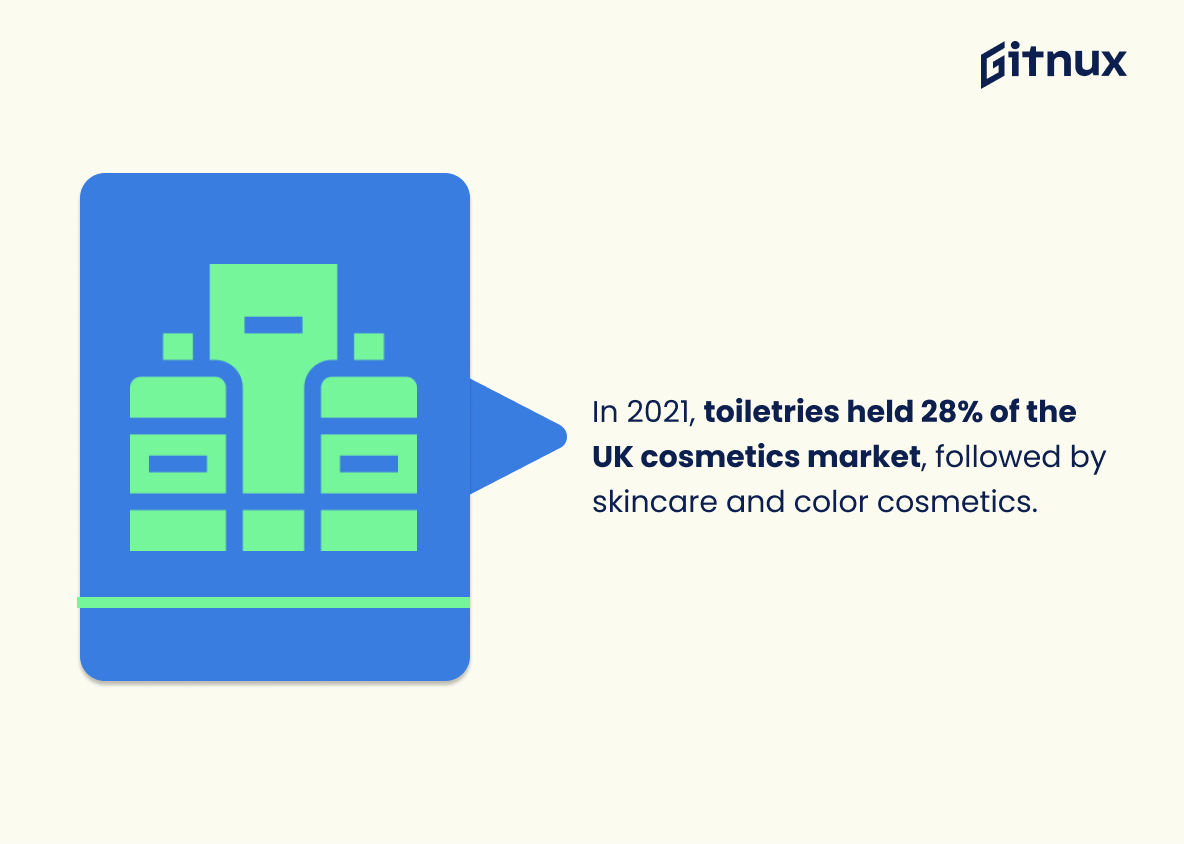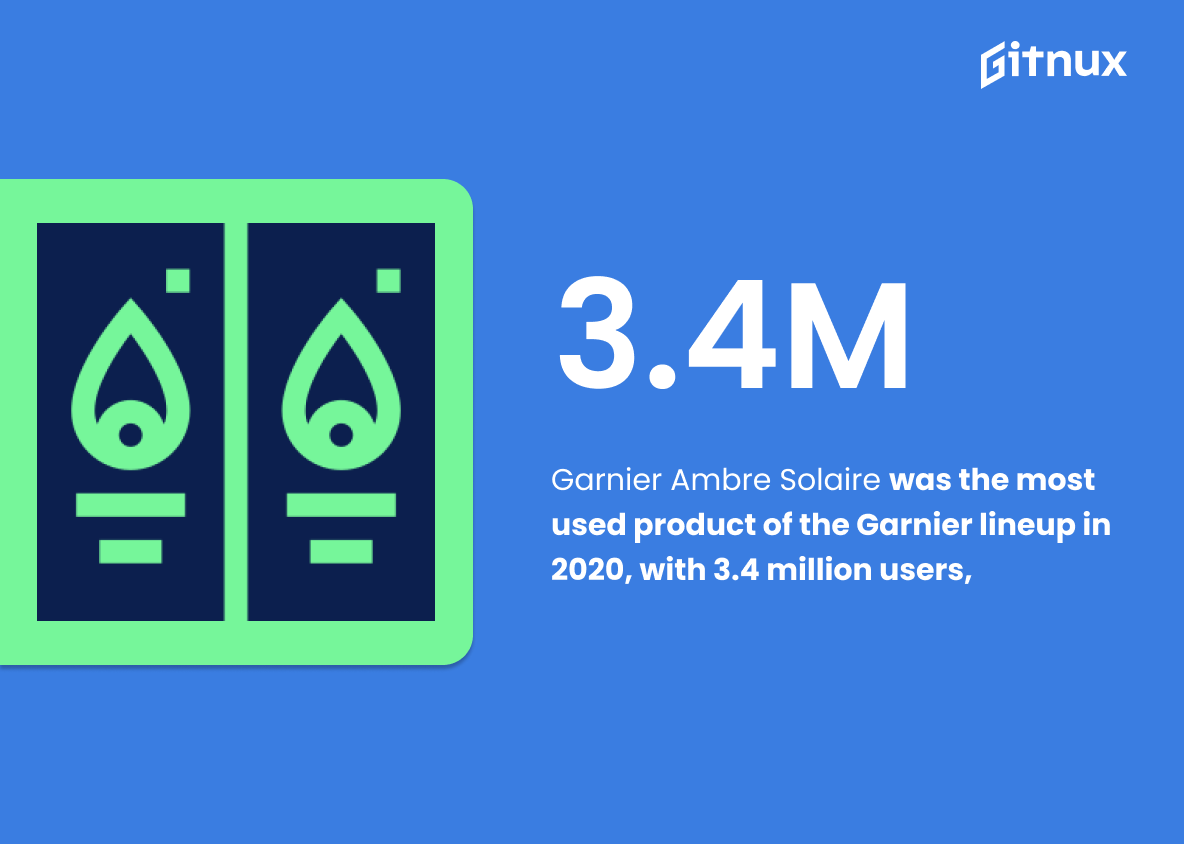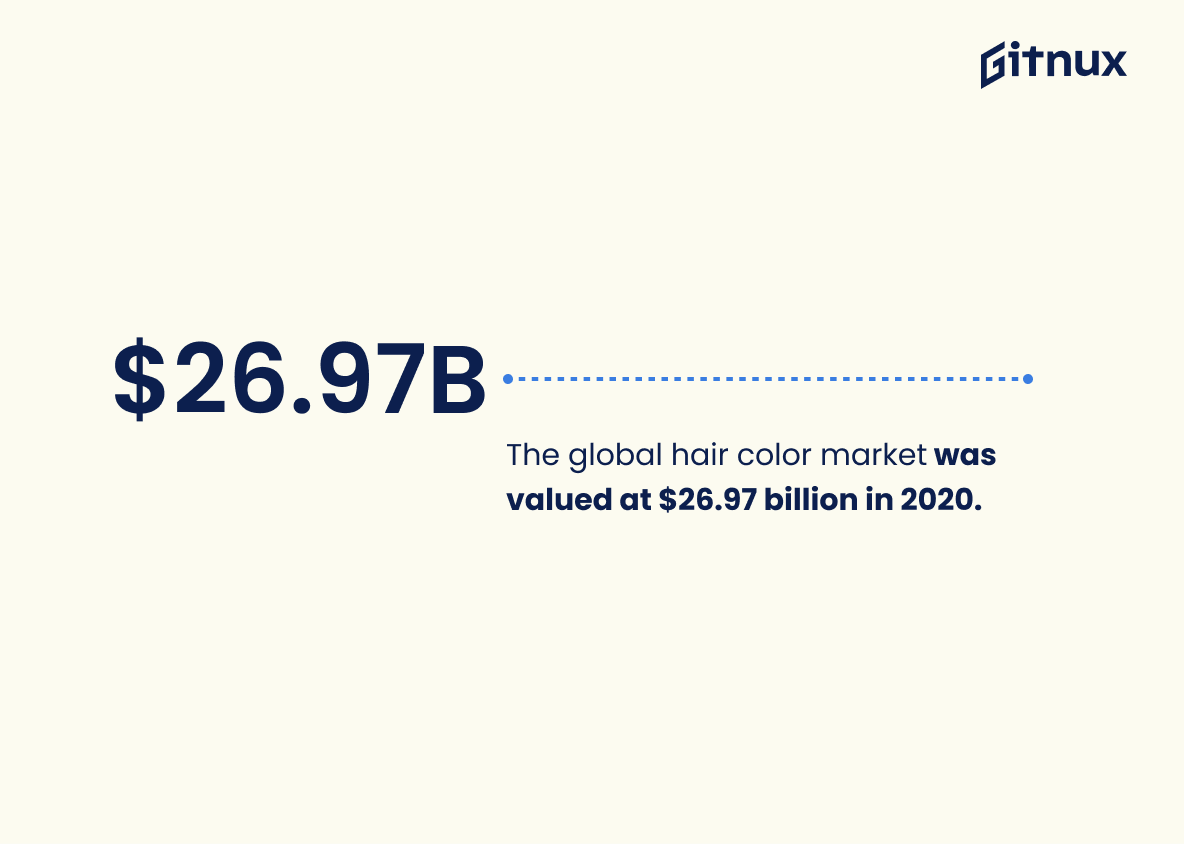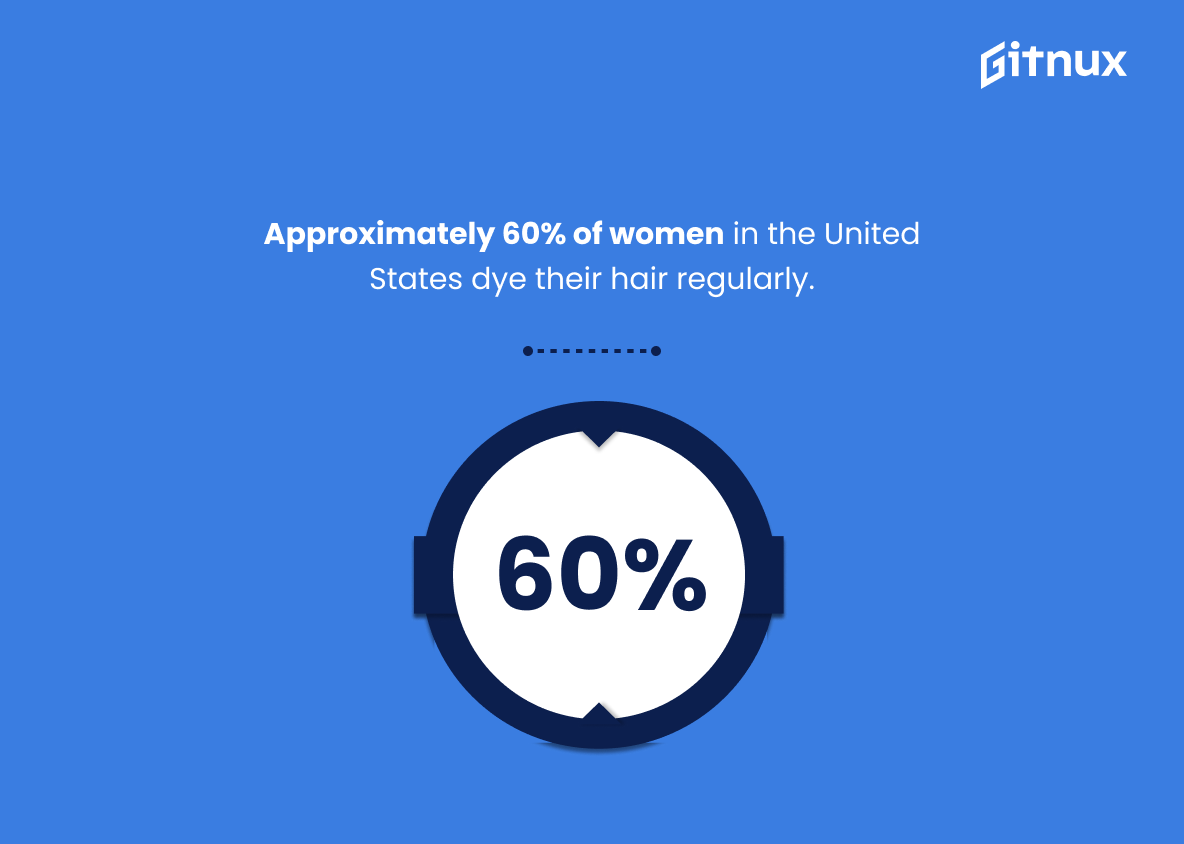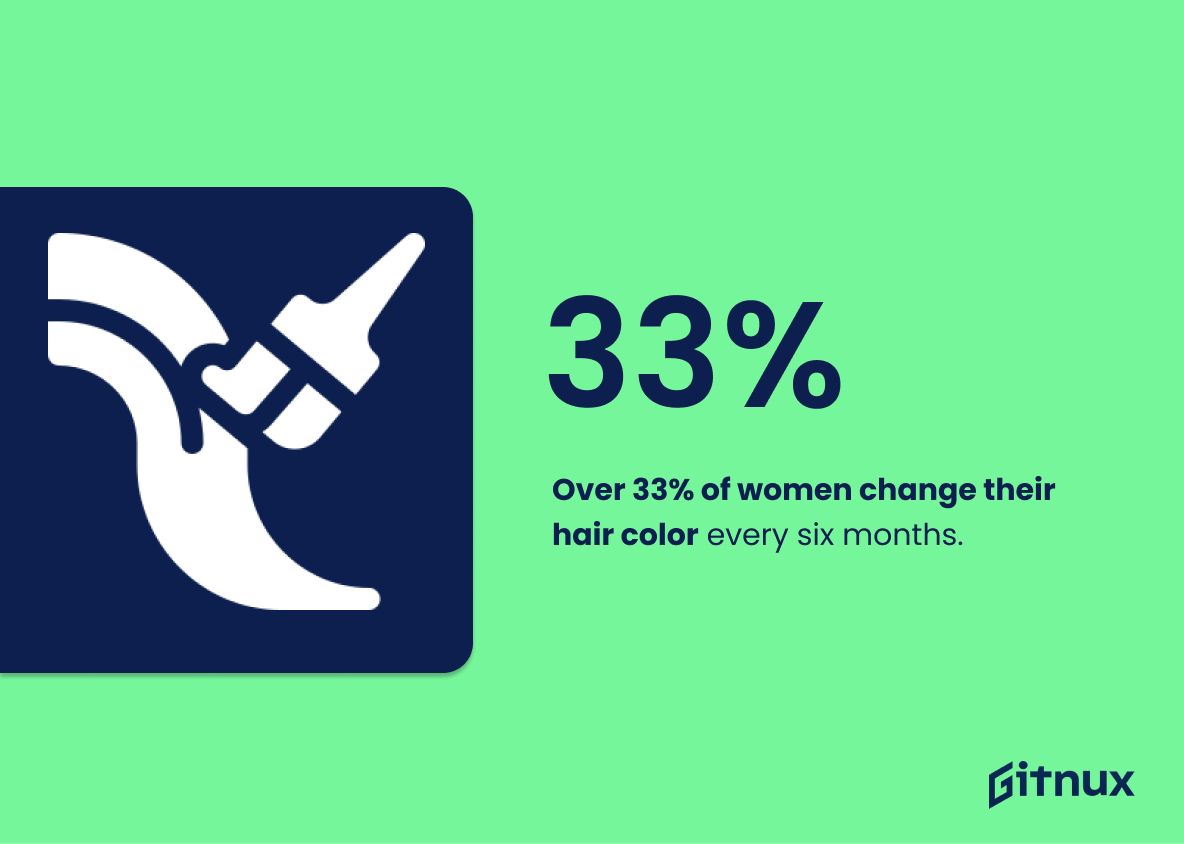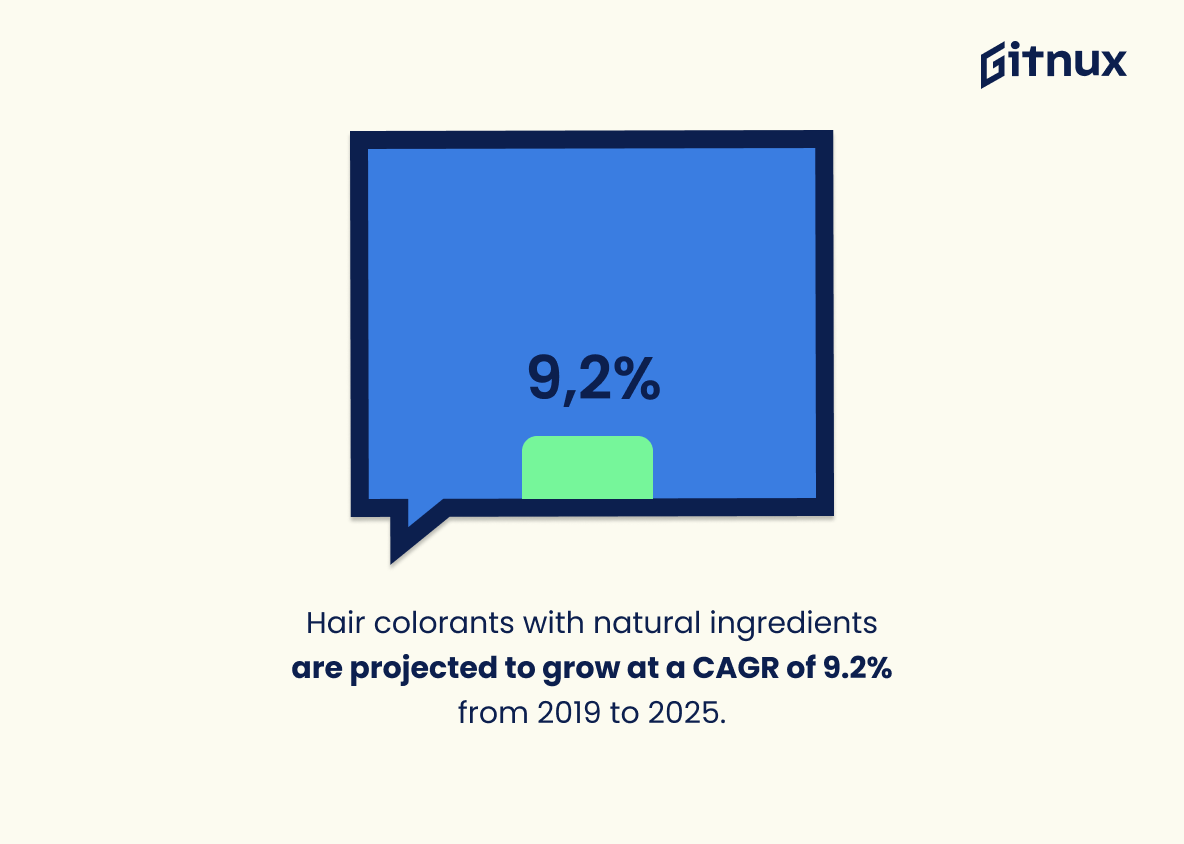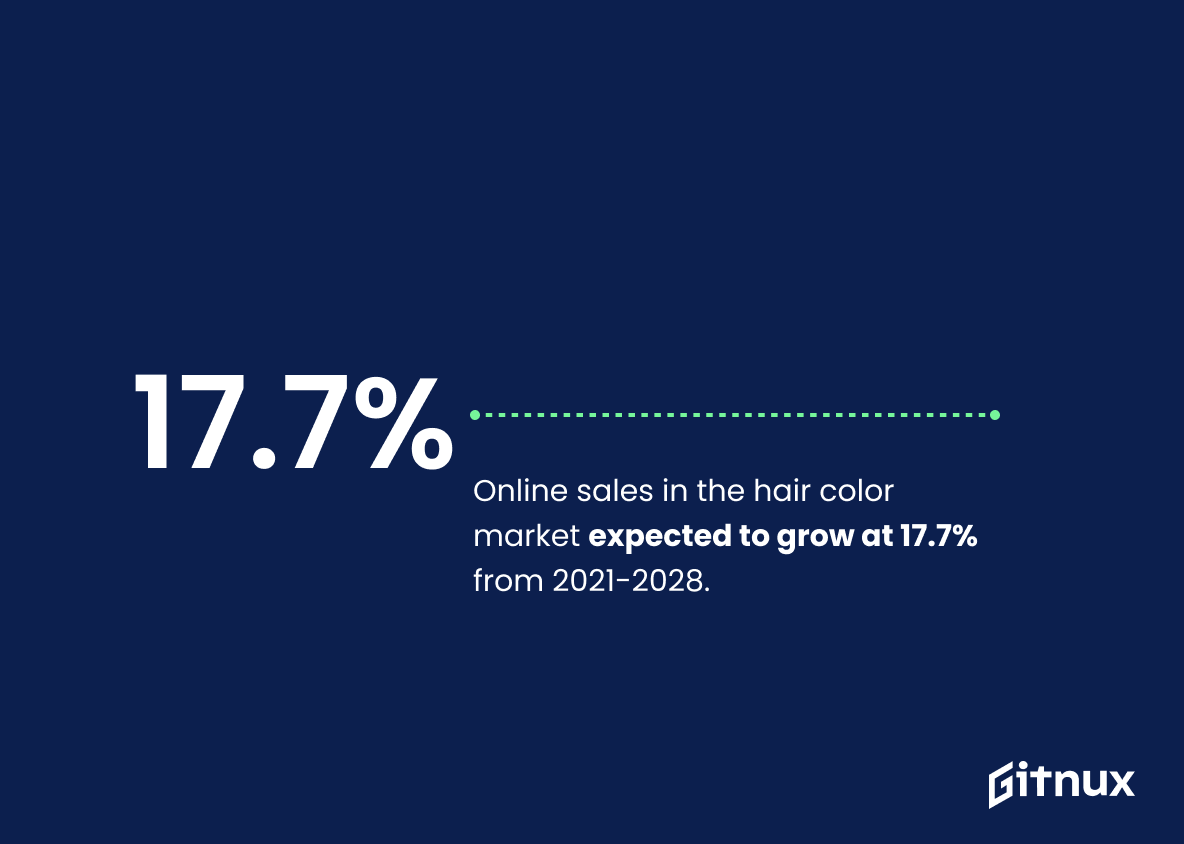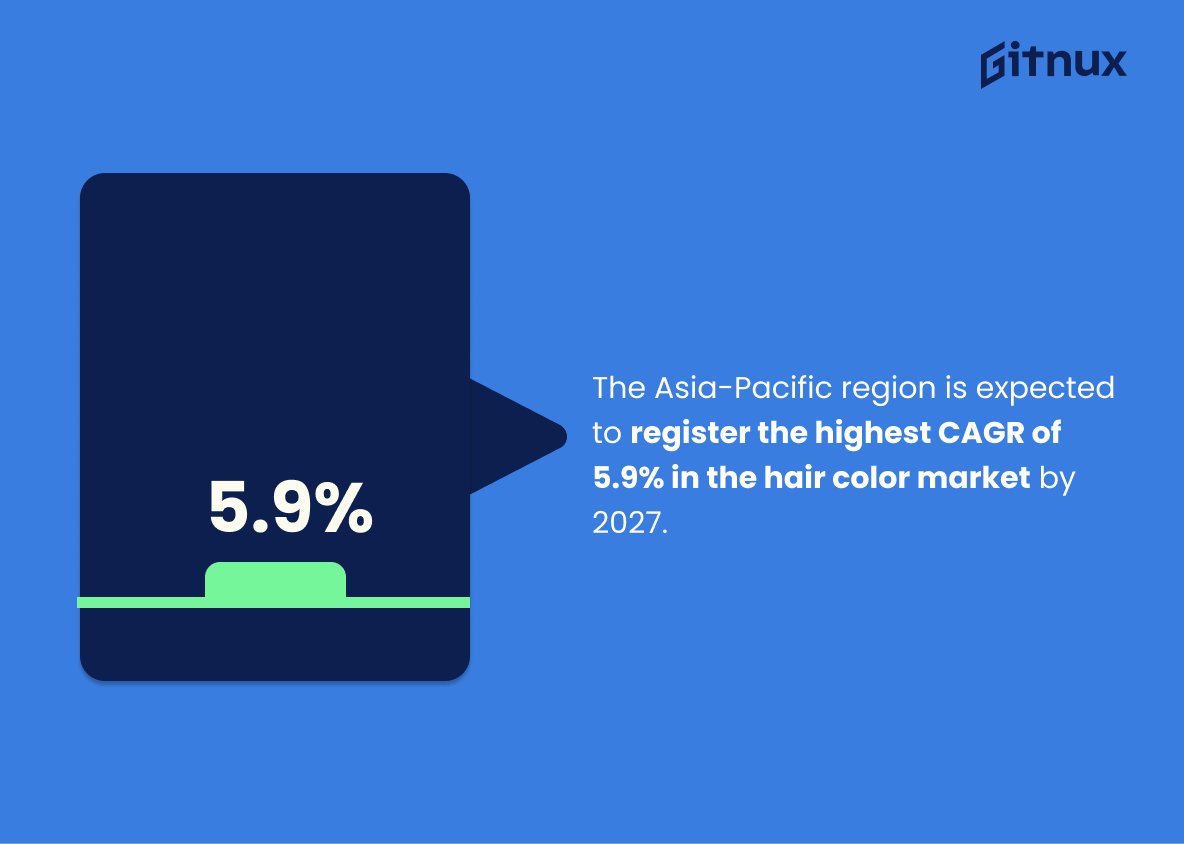Hair color is one of the most popular beauty trends in the world, and it’s no surprise that the hair color industry is a booming business. In this blog post, we’ll take a look at some of the most interesting hair color industry statistics and explore what they mean for the industry as a whole.
From the number of people who dye their hair to the most popular hair colors, we’ll cover it all. So, if you’re curious about the hair color industry, read on to find out more.
Hair Color Industry: The Most Important Statistics
3 million people in the UK used Clairol Nice ‘n’ Easy in 2020, making it the most used product of the Clairol brand.
Garnier Ambre Solaire was the most used product of the Garnier lineup in 2020, with 3.4 million users, followed by Garnier Ultimate Blends with 3 million.
Hair Color Industry Statistics Overview
Temporary hair colour products were the only category to note growth in the UK hair colourants market between 2013 and 2014, increasing by 2 million British pounds.
While the overall market value decreased between 2013 and 2014, the temporary hair colour products were the only category to note growth. This indicates that the demand for temporary hair colour products is increasing and that this is an area of potential growth for the hair colourants industry.
3 million people in the UK used Clairol Nice ‘n’ Easy in 2020, making it the most used product of the Clairol brand.
It shows that Clairol Nice ‘n’ Easy is the most popular hair colorant, bleach, and lightener for women used at home in the UK.
Manicures had the highest frequency rate of visits to salons in the UK from 2012 to 2017, while hair coloring had the longest return rate at 6.5 weeks.
The frequency of female visits for hair colorings in the UK decreased from 6.3 weeks in 2013 to 7.7 weeks in 2015.
Toiletries had the highest market share in the UK cosmetics market in 2021, with 28%, followed by skincare with 26% and color cosmetics with 11%.
This provides a snapshot of the overall cosmetics market in the UK, which can help inform decisions about where to focus resources and investments.
Additionally, it provides insight into the relative importance of different sectors within the cosmetics market, which can help inform decisions about product development and marketing strategies.
Toiletries held the highest market share of 58.4% of total cosmetics goods sold in the UK in 2021, followed by skincare and haircare with 17.2%.
Clairol was the most used brand for hair colour in the UK in 2021, followed by Garnier and Clairol Nice ‘n’ Easy.
Garnier Ambre Solaire was the most used product of the Garnier lineup in 2020, with 3.4 million users, followed by Garnier Ultimate Blends with 3 million.
This shows the popularity of Garnier products and the success of their suntan and sun protection product in particular.
An estimated 4.9 million people in France used hair coloring products at home in 2020.
In 2021, the leading usage group of shampoo in France was Normal Hair with 9,533,230 users, followed by Coloured Hair with 8,105,950 users and Dry Hair with 5,075,240 users, which demonstrates the preferences of the French market in terms of shampoo usage.
The global hair color market was valued at $26.97 billion in 2020.
Hair color is a lucrative and profitable business, and one that is worth investing in. This statistic is a valuable insight into the current state of the hair color industry, and provides a great starting point for anyone looking to learn more about the industry.
Permanent hair colors account for 66% of the hair color market.
Permanent hair colors are the most popular choice among consumers, making up the majority of the market share. This statistic is a testament to the industry’s ability to meet the needs of its customers and provide them with the products they desire.
The hair color market in the United States is expected to grow at a CAGR of 4.4% from 2021 to 2028.
The hair color industry is growing at a steady rate, and is likely to continue to do so in the coming years. This is an important piece of information for anyone interested in the hair color industry, as it provides insight into the potential for growth and success in the market.
Approximately 60% of women in the United States dye their hair regularly.
A majority of women are actively engaging in hair color treatments, which is a strong indication of the potential size of the hair color industry in the United States. This statistic is a valuable piece of information for anyone looking to gain insight into the hair color industry.
Over 33% of women change their hair color every six months.
Women are constantly experimenting with their look and seeking out new ways to express themselves. It speaks to the vibrancy of the industry and the ever-evolving trends that keep it alive.
Hair colorants with natural ingredients are expected to grow at a CAGR of 9.2% between 2019 and 2025.
Natural ingredients are becoming increasingly popular, and that the industry is responding to this trend by investing in products that use natural ingredients. This is an important development, as it shows that the industry is adapting to the changing needs of consumers and is committed to providing safe and healthy products.
The online sales channel segment of the hair color market is projected to observe a growth rate of 17.7% during the forecast period of 2021-2028.
The industry is likely to experience a significant surge in growth over the next few years, making it an attractive option for investors and entrepreneurs alike. Furthermore, it highlights the importance of the online sales channel in the hair color industry, as it is projected to be the primary driver of growth in the sector. As such, this statistic is an invaluable piece of information for anyone looking to gain insight into the hair color industry.
The Asia-Pacific region is expected to register the highest CAGR of 5.9% in the hair color market by 2027.
The region is expected to experience the highest growth rate in the industry, making it an attractive destination for investors and entrepreneurs. This could be a great opportunity for those looking to capitalize on the booming hair color industry in the Asia-Pacific region.
Approximately 75% of women feel that changing their hair color boosts their self-confidence.
This speaks to the power of the hair color industry to help people feel more confident in their appearance. This statistic is a great starting point for a blog post about Hair Color Industry Statistics, as it demonstrates the importance of the industry in helping people feel better about themselves.
Women aged 35-50 are the largest consumers of hair coloring services, accounting for 43% of the market.
This also reveals the potential for growth in this sector, as nearly half of the market is still untapped. Understanding this statistic can help businesses better understand their customer base and develop strategies to reach out to the remaining 57% of the market.
18% of men aged 18-24 have tried a hair colorant at least once in their life.
The Hair Color Industry is no longer just catering to women, but also to men who are increasingly interested in changing up their look. This statistic is a valuable insight into the current state of the Hair Color Industry and its potential for growth.
Hair color products formulated without ammonia are expected to witness a CAGR of 3.7% from 2021 to 2028.
Consumers are increasingly prioritizing their health and safety when it comes to hair coloring. This trend is likely to continue, as the projected CAGR of 3.7% suggests that the market for ammonia-free hair color products is expected to grow steadily over the next few years.
L’Oréal is the leading brand in terms of global hair color market share, with a 28.12% share in 2019.
This serves as a reminder of the brand’s commitment to providing quality products and services to its customers, and their ability to remain at the top of the market. This statistic is a valuable insight into the current state of the hair color industry, and is an important piece of information for anyone looking to gain a better understanding of the industry.
The hair color market in Latin America and the Middle East is expected to grow at a CAGR of 4.4% between 2021 and 2028.
The industry is expected to expand at a steady rate over the next seven years, indicating that there is a strong demand for hair color products in these regions. This is an important piece of information for anyone interested in the hair color industry, as it provides insight into the potential for success in the market.
12% of consumers prefer temporary hair dyes, while 9% opt for demi-permanent colors.
A larger proportion of people prefer temporary hair dyes, indicating that this is a popular choice for those looking to experiment with their look. On the other hand, the smaller proportion of people opting for demi-permanent colors suggests that this is a more permanent option for those looking for a longer-lasting change. This information can be used to inform marketing strategies and product development in the hair color industry.
Gray coverage is the most common reason for coloring hair, followed by fashion and curiosity.
Gray coverage is the most common reason for coloring hair, followed by fashion and curiosity, gives us insight into the needs and desires of the industry’s customers. This information can be used to inform marketing strategies, product development, and other decisions that will help the industry continue to grow and thrive.
Conclusion
The hair color industry is a booming business that continues to grow and evolve. With the rise of social media and influencers, the industry has seen an increase in demand for hair color products and services.
The industry is projected to continue to grow in the coming years, as more people become interested in changing their hair color. With the right products and services, the hair color industry can continue to be a profitable venture for businesses.
References
1 – https://www.statista.com/statistics/397853/uk-hair-colourant-market-value-united-kingdom-by-category/
2 – https://www.statista.com/statistics/308469/leading-hair-colorants-for-women-of-clairol-uk/
3 – https://www.statista.com/statistics/590240/beauty-treatment-frequency-females-united-kingdom/
4 – https://www.statista.com/statistics/614677/beauty-treatment-hair-coloring-frequency-females-united-kingdom/
5 – https://www.statista.com/statistics/289810/cosmetics-market-sector-share-of-category-by-valuein-great-britain/
6 – https://www.statista.com/statistics/289819/cosmetics-market-sector-share-of-category-by-units-in-great-britain/
7 – https://www.statista.com/statistics/305144/leading-brands-of-hair-colourants-bleaches-lighteners-used-at-home-uk/
8 – https://www.statista.com/statistics/311905/garnier-leading-producs-in-the-uk/
9 – https://www.statista.com/statistics/443866/hair-colorant-bleach-and-lightener-usage-by-type-in-france/
10 – https://www.statista.com/statistics/442987/women-s-shampoo-usage-by-type-in-france/
11 – https://www.newbeauty.com
12 – https://www.star2.com
13 – https://www.globenewswire.com
14 – https://www.guardian.ng
15 – https://www.statista.com
16 – https://www.bizjournals.com
17 – https://www.grandviewresearch.com
18 – https://www.dreamyhub.com
19 – https://www.marketresearch.com
20 – https://www.transparencymarketresearch.com
21 – https://www.researchandmarkets.com
22 – https://www.news.orf.at
